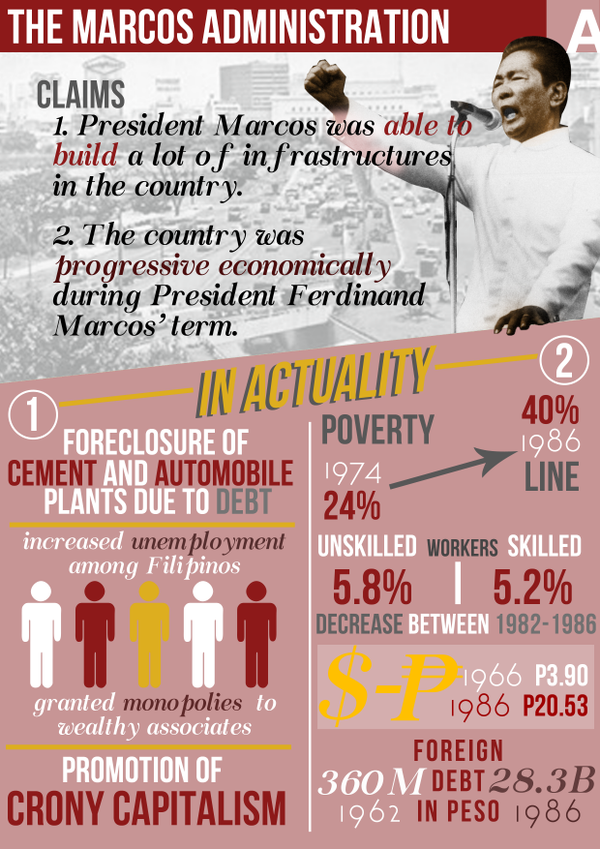The Worldwide History And Makeover Of Martial Arts
The Worldwide History And Makeover Of Martial Arts
Blog Article
Web Content Create By-Padilla Ebsen
Martial arts have a remarkable history that covers centuries and continents. You could find it interesting how ancient techniques like Shuai Jiao and Kalaripayattu laid the groundwork for modern-day fight strategies. These disciplines not just highlight physical skills yet additionally reflect the cultures that birthed them. As you explore their evolution, consider exactly how globalization has changed these typical kinds right into crossbreed styles. What how much is martial arts training for kids do you believe have shaped today's martial arts landscape?
Ancient Martial arts: The Foundations of Battle
As you delve into the world of ancient martial arts, you'll uncover the rich structures that shaped combat methods across societies. Very early practices focused on Self-Defense and survival, commonly including strikes, hurting, and weapons.
In old China, for instance, strategies like Shuai Jiao stressed throws and joint locks, while India's Kalaripayattu showcased agility and fluid activity. Japanese samurai created Kenjutsu, a polished swordsmanship that highlighted technique and approach.
These martial arts offered not just for fight but also as a way of personal growth, instilling values like regard and willpower. The blending of these methods with time laid the groundwork for the varied martial arts you see today, each mirroring the special philosophies and demands of its society.
The Cultural Impact on Martial Arts Advancement
While martial arts often reflect the functional demands of a culture, they also personify the social values and ideas of their origins. When you check out various martial arts, you'll observe how they're affected by religion, philosophy, and social standards.
For instance, the focus on regard and discipline in Japanese martial arts comes from Zen Buddhism and samurai society. In contrast, Brazilian Jiu-Jitsu advertises adaptability and strategy, formed by the requirement for efficiency in a diverse, multicultural environment.
You may find that the rituals, uniforms, and training methods mirror a community's history and identity. By understanding these social impacts, you strengthen your recognition of martial arts and their role in shaping human experiences across the globe.
Modern Adaptations and the Globalization of Martial arts
Martial arts have changed considerably in recent years, adapting to modern society and global influences. You'll notice that traditional forms have mixed with modern strategies, creating hybrid styles like MMA. These adaptations satisfy diverse audiences, making martial arts accessible and enticing worldwide.
With the rise of social media sites and electronic platforms, you can find tutorials and competitions from all corners of the globe, breaking geographical barriers. This globalization has brought about a shared gratitude for various disciplines, from Brazilian Jiu-Jitsu to Taekwondo.
As you involve with these arts, you'll understand they're not just about combat; they advertise physical fitness, self-control, and psychological health.
Eventually, contemporary adjustments have improved the martial arts landscape, making it a vibrant and evolving method.
Final thought
In discovering the history and evolution of martial arts, you uncover a remarkable blend of strategies, cultures, and approaches. From ancient self-controls like Shuai Jiao and Kalaripayattu to the modern-day versatility seen in mixed martial arts, martial arts show mankind's pursuit for Self-Defense and personal growth. As https://newschannel9.com/the-daily-refresh/karate-chopping-with-chris-ownby-martial-arts-and-self-defense-instructor-classes-location-times engage with these practices, you not just get skills but also a much deeper appreciation for the varied customs that form our globe today. So, continue your journey and welcome the art of combat!
